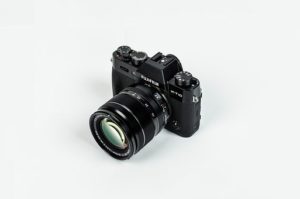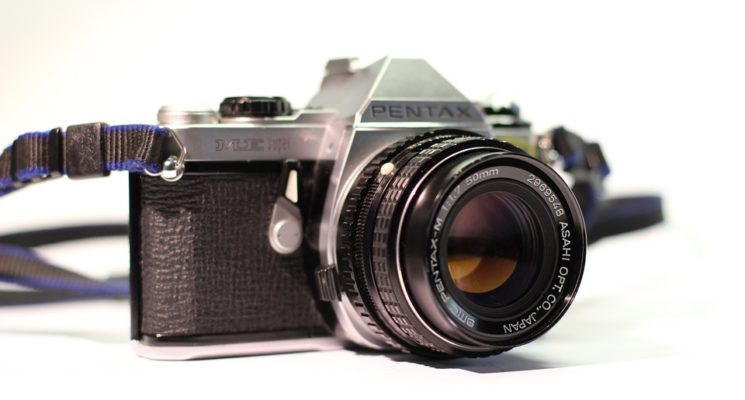Mirrorless Cameras are Digital Cameras which provide the picture quality and versatility of Professional Digital Single-Lens Reflex cameras (DSLRs), together with a mobility closer to that of a more conventional “point and shoot” digital camera. They are also often called Mirrorless Interchangeable Lens Digital Cameras just because of that, distinct from the standard Digital Cameras for the consumer market, they provide a mechanism to change lenses conveniently, as it’s done with professional ones.
General information
Innovative design
 An innovative design which preserves the Image Sensor Systems of DSLRs makes this all attainable. Which means that quality is by no means affected. The mirror every day to Reflex mirrors isn’t incorporated. Therefore, the Mirrorless camera is compact and extremely mobile, unlike traditional DSLR cameras. The downside is that although the mirrorless camera is a lot smaller in size the lens call for a great deal of room to maintain the excellent photo quality from a camera of this dimension.
An innovative design which preserves the Image Sensor Systems of DSLRs makes this all attainable. Which means that quality is by no means affected. The mirror every day to Reflex mirrors isn’t incorporated. Therefore, the Mirrorless camera is compact and extremely mobile, unlike traditional DSLR cameras. The downside is that although the mirrorless camera is a lot smaller in size the lens call for a great deal of room to maintain the excellent photo quality from a camera of this dimension.
New micro four thirds system
A partial remedy for the previously mentioned dilemma comes from the new Micro Four Thirds system, derived from the initial Four Third System adopted by professional DSLR cameras; the micro 4:3 has been designed by Olympus and Panasonic, and it’s among the specifications produced especially for Mirrorless Cameras. This new standard allows minimizing the dimensions of the lenses utilized by the camera, without affecting too much on the picture quality. Furthermore, since it shares most of the specifications of the original 4:3 Standard, the “old” SLR Four Third lenses works extremely well on these new mirrorless cameras by using an adapter. This feature on it’s own is a huge advantage for any professional photographer who already has a good stock of lenses, as they could be reused conveniently. Other manufacturers, like Nikon, Minolta, Pentax, FujiFilm, etc., use similar strategies, however, founded on a different design.
Viewfinder
The viewfinder is yet another characteristic of this new type of camera that’s worthy of talking about. While standard DSLRs make use of an optical viewfinder which requires a prism and a mirror this entire element has been taken out in the mirrorless camera. In its place is an Electronic Viewfinder. It’s a reproduction of the functionality of the original Viewfinder in that the photographer can see the image through the eyes of the sensor rather than the lenses just like in the LCD situated on all point and shot cameras. The benefit to the Electronic Viewfinder (EVF) in comparison with the LCD is the fact that some additional features like a histogram and automatic exposure adjustment (invaluable when taking pictures at night) are contained.
You should also know that a few manufacturers would rather have a more compact camera and as a consequence have done away with the Viewfinder and flash from the camera’s body. To access these components, you can hook up to the camera when needed. Examples of this design include the Samsung NX100 and the Sony Alpha NEX-3.
Conclusion
 These cameras haven’t completely seized the attention of the masses which might be in part due to the lack of a definite standard since mirrorless technology is still very new. In spite of this, there’s still room enough for improvement. If you’re always prepared to try out new technology, look for the numerous reviews for the multiple models in the marketplace and select any of the many Mirrorless Cameras which may be right for you.
These cameras haven’t completely seized the attention of the masses which might be in part due to the lack of a definite standard since mirrorless technology is still very new. In spite of this, there’s still room enough for improvement. If you’re always prepared to try out new technology, look for the numerous reviews for the multiple models in the marketplace and select any of the many Mirrorless Cameras which may be right for you.

